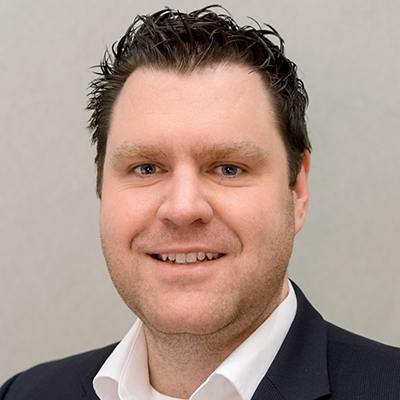“We can watch the flow of electricity in cells”

Prof. Meuth, what scientific topic are you working on right now?
I’m researching the cause of multiple sclerosis (MS). In this illness immune cells move from the blood circulation into the brain – which wouldn’t be a problem if these immune cells weren’t incorrectly programmed. They’re actually supposed to eliminate foreign pathogens, but in the case of MS patients they attack healthy cells in the body. It’s crazy, but they only make a beeline for certain parts of the brain like the optic nerve or the spinal cord. By contrast, the auditory nerve, for example, is never affected. And the question we ask ourselves is: why? We assume that the reason is the incorrect programming of the immune cells – and the fact that nerve cells in the regions affected attract these cells. All nerve cells discharge substances, and perhaps the substances in the optic nerve are particularly palatable? This is their way of communicating, and it is precisely these communication paths between nerve cells and immune cells that we want to understand in detail.
What characterizes you personally as a scientist?
I grew up in Hessen, Germany and studied both neurosciences and medicine in Magdeburg, Basle and Dallas, in the USA. I trained as a specialist physician in Würzburg under Klaus Toyka, an acknowledged expert in neuro-immunology. I’ve been working at the University Hospital in Münster for some years now, and I live here with my wife and our two children.
What’s your great aim as a scientist?
I’d really like to decipher the neuro-degenerative mechanisms of multiple sclerosis – in other words, understand which mechanisms are responsible for the progressive elements of this disease of the nervous system. My dream is to find a substance, a medicine that we can give to MS patients which prevents harmful immune cells getting into the brain and triggering the decline of nerve cells and nerve fibres. There is already such a medicine that other scientists have developed, called Tysabri, which they have marketed. Its effects are impressive. I would like to develop a medicine that is tailor-made for individual patients.
What’s your favourite “toy” for research – and what can it do?
I work in a lab which has some incredibly exciting technology. What’s really fascinating is when we combine various technologies. It enables us to investigate questions relating to anything from a single cell up to the entire organism. One of the things we can do is watch the flow of electricity in cells.
Can you remember your happiest moment as a scientist?
It was in 2013, when a paper written by our research team was published in the Nature Medicine journal. Publications like this get our research noticed more, and for us scientists it’s a great feeling. Getting a paper published lifts our research projects into a different league in the scientific world, and it makes one thing “official”: our ideas are not completely wrong and the 15 years of research were a good investment. The extra publicity has another positive side-effect: colleagues and funding bodies see us in a different light.
And what was your biggest frustration?
Actually, every application that’s rejected and every paper that’s turned down is first of all frustrating. Getting something published in a prestigious journal doesn’t in fact automatically open every door. In my opinion, review procedures could also benefit from being more transparent. I get an awful lot of pleasure from scientific work, especially in connection with patient care. Moments of frustration are just part of the work – as in any job.
What big scientific question would you like to have an answer to?
I’d like to know whether one day doctors will depart from the customary diagnostic medicine we have today and go over to personalized medicine. Today we diagnose an illness in patients and treat them accordingly. As a result, all groups of patients with a certain diagnosis are treated in the same way. Maybe one day we’ll stop using this “blanket approach” and look exclusively at the individual cause of an illness. Then, for example, we would treat an inflammation in the body – irrespective of whether it has led to a stroke or has triggered MS.

